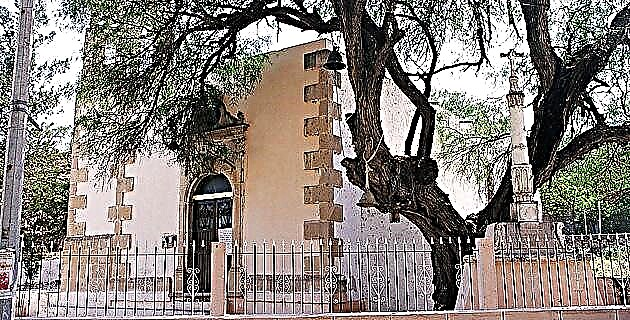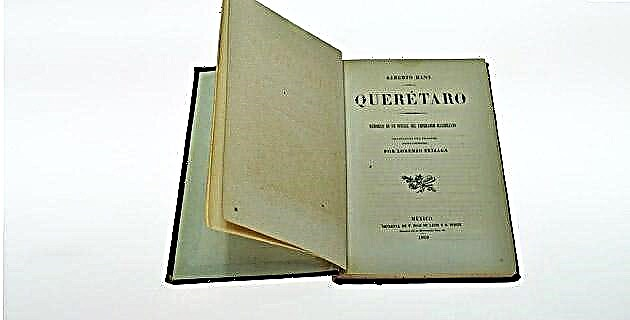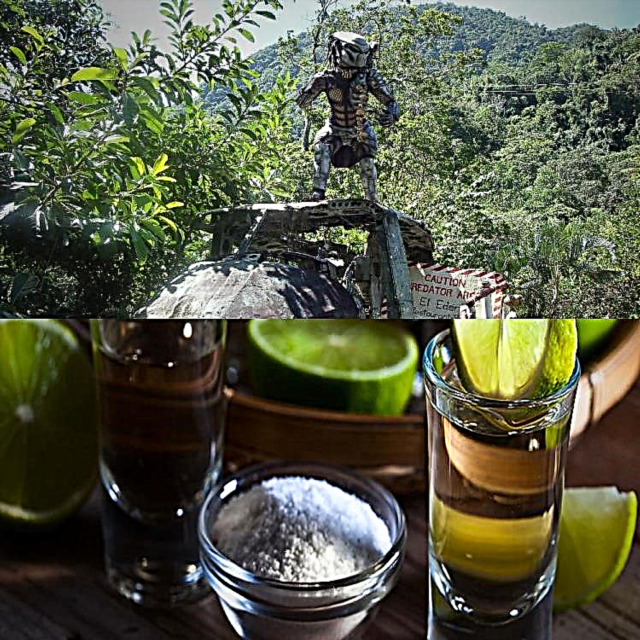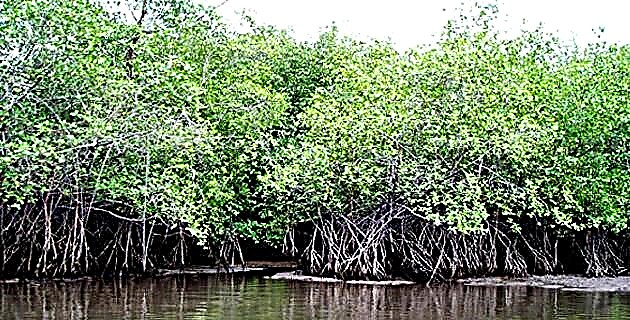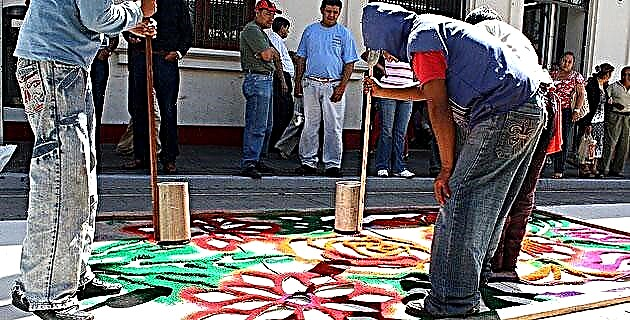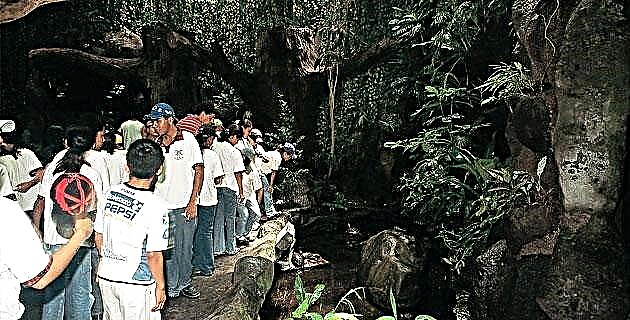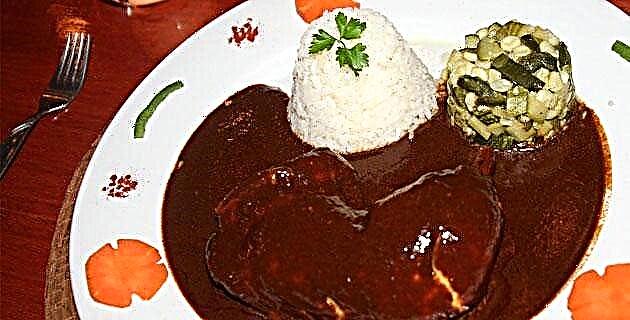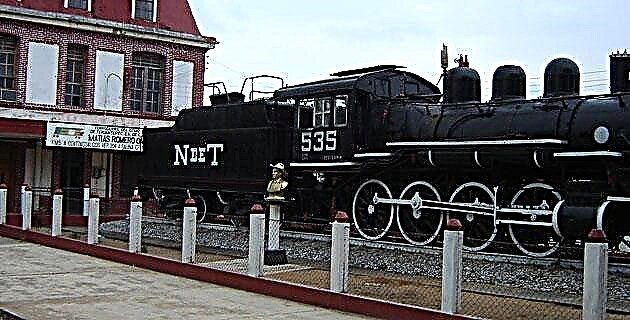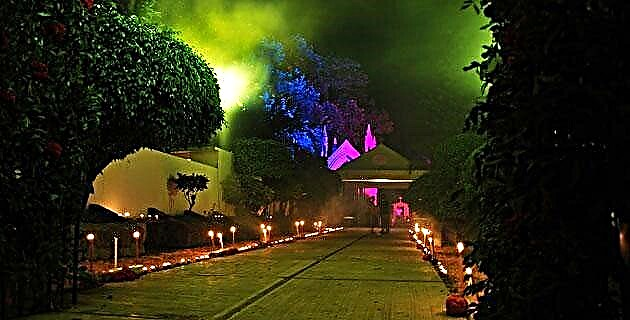
From October 31 to November 4, in this beautiful region of the state of San Luis Potosí, one of the most amazing festivals dedicated to the dead takes place. Discover the incredible Xantolo!
For all Mexicans, the days of the dead represent the festivities with the greatest roots in popular folklore and in the collective ideology of our culture, due to their symbolic "restoration" of material life, which allows the living and the dead to meet again for a few days to remember with emotion and joy, life and its most secret charms.
Across the country, October 31 marks the beginning of these festivities, and in the state of San Luis Potosí, this date marks the beginning of Xantolo, a univocal body of rejoicing and welcome that for five days surrounds the solemn atmosphere of the day of Los Fieles Difuntos, transforming it into a festive event where music, dances, songs and food mark the rhythm of life for the inhabitants of the Huasteca Potosina.
The Huasteca Potosina, home to ethnic groups such as the Teenek and the Nahuas, celebrates their dead with the traditional altar, which here is called "arch", since its central attribute consists of 4 wooden sticks that are placed in each corner of the table, representing the stages of a person's life, which fold to form two arches covered by crossbars that symbolize the mythological rivers through which the soul must pass to purify itself.
The path to reach the "arch" is indicated by the Cempasúchil or Cempoalxochitl flower, whose aroma and color is unmistakable, standing from the cemeteries to the homes where the deceased will return to live with their relatives and enjoy the offerings of food, drink and pleasures just as they did before their departure.
The first day of Xantolo is October 31, the date on which the souls of children are considered to be the first to visit their families, so the offerings of the arches are foods that they used to eat, such as atole, chocolates , sweets, tamales and other symbolic elements that have to do with baptism and life.
The following day, November 1, there is a vigil with prayers and praises, the images and the altar are incensed, in addition to playing son music, dedicated to death.
On November 2, the Huasteca residents bring offerings to the pantheons, adorning the graves with flowers, which are renewed until the last day of the month to bid farewell to the souls who have come to visit.
In addition to this way of celebrating the dead in the Huasteca Potosina, each population of the same adds elements that give it more or less sacredness to the party, although all maintain a very special respect for said celebration.
In Axtla de Terrazas, a baton change ceremony is held among the elders of the region, while in Coxcatlán toys are added to the arches for October 31. In San Antonio, wind music is used to decorate the evening of the 3 days of the dead.
In San Martin Chalchicuatla the ochavada is performed, that is, a tamalada for the entire community eight days after the end of the festivities, while in Tamazunchale, Tanlajas and Tancahuitz different types of dances and decorations converge on the altars, nuanced with the particularity of the languages spoken in each community.

